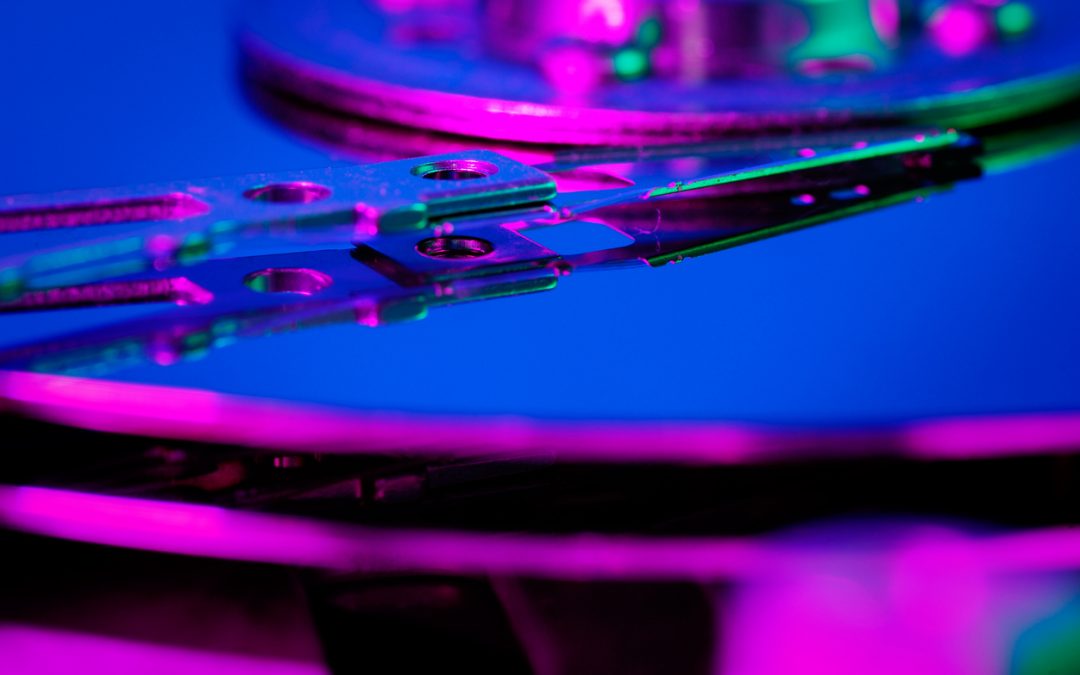Bad sectors are one of the most common problems that affect hard drives. They can cause data loss and performance degradation. But what are bad sectors and how can you prevent or fix them?
Drive Heads and Media: A Precise System
A hard drive contains two important components: the media (disks) that stores data, and a drive head that reads and writes data onto the media. A sector is the smallest unit of data on the media that can be accessed by the drive. The drive head and media are designed to work together in a precise and reliable way. However, due to the large number of sectors and the precision with which the head must interact with each sector, there are bound to be occasional mistakes when the head reads data from the media, either due to the fault of the head or media itself. These reading mistakes are called bad sectors.
What Causes Bad Sectors?
Bad sectors are caused by various factors that impair the ability of the drive to read data from the media. These factors can be classified into electrical, mechanical, or a mix of both. Some possible causes of bad sectors include:
- The head may have worn out over time and lost its sensitivity.
- The media may have flaws from the manufacturing process.
- The head may have collided with particles inside the drive, creating scratches on the media. These particles can originate from different sources, such as shipping, aging, shock, vibration, etc.
- The head may have damaged the media due to external forces, such as shock or vibration, or due to thermal effects.
- The head may have changed its height, either too high or too low, resulting in a weak write. This is often caused by shock or vibration.
- The head may have written data off-track, due to servo tracking issues or shock or vibration events. This can affect both the intended track and the adjacent track that was overwritten.
- The power may have been cut off during a write operation.
In Part 2 of How to Deal with Bad Sectors, we look at how your hard drive deals with them and what you can do to minimize the effect of bad sectors.
In a data dependent world, the ULINK DA Drive Analyzer AI algorithms disrupt drive failure prediction with 7-8 times more effectiveness than traditional systems.
QNAP and ULINK Release DA Drive Analyzer, AI-powered Drive Failure Prediction Tool for NAS
Photo Credit: jacus

